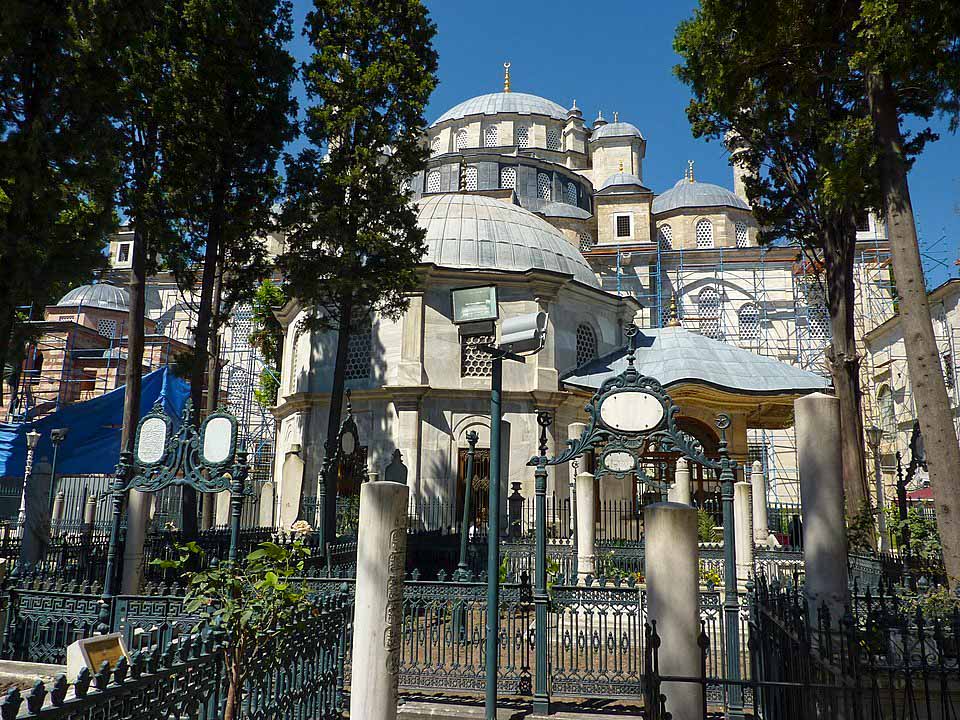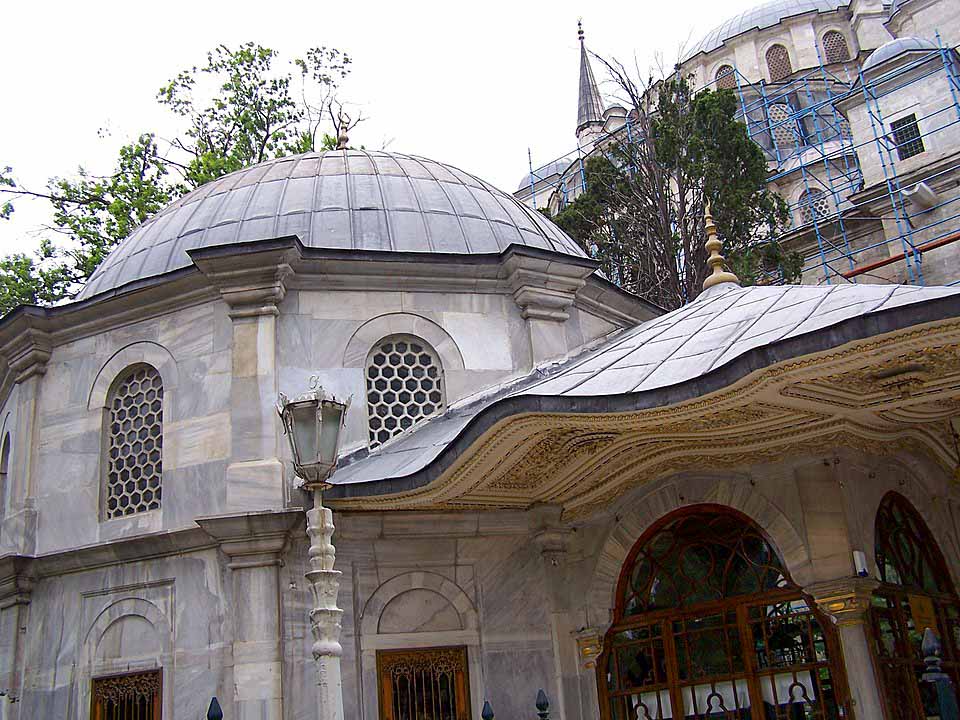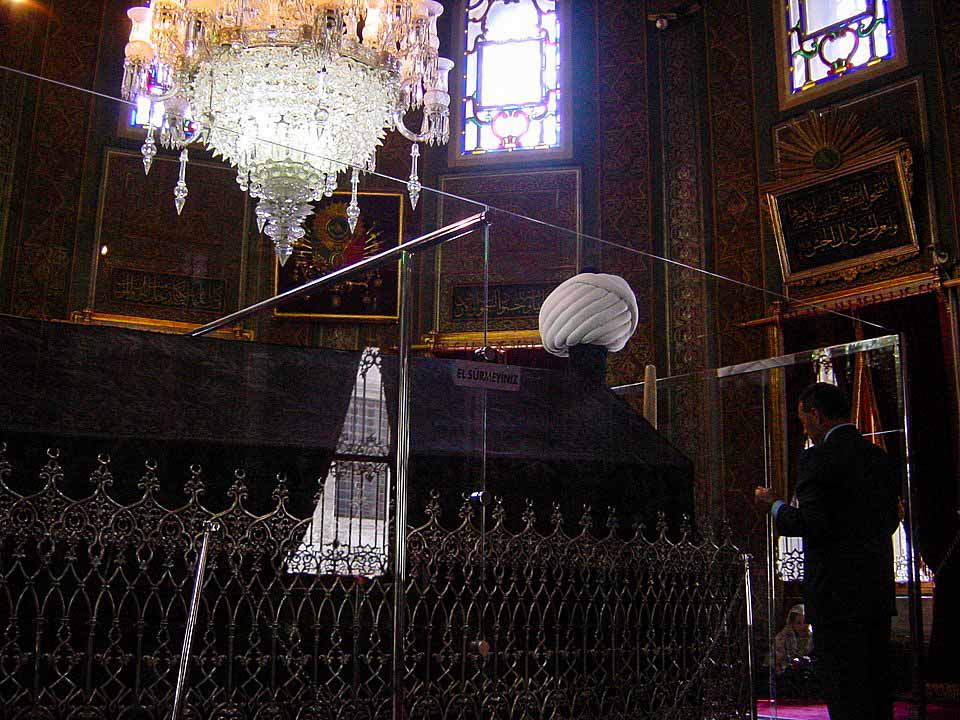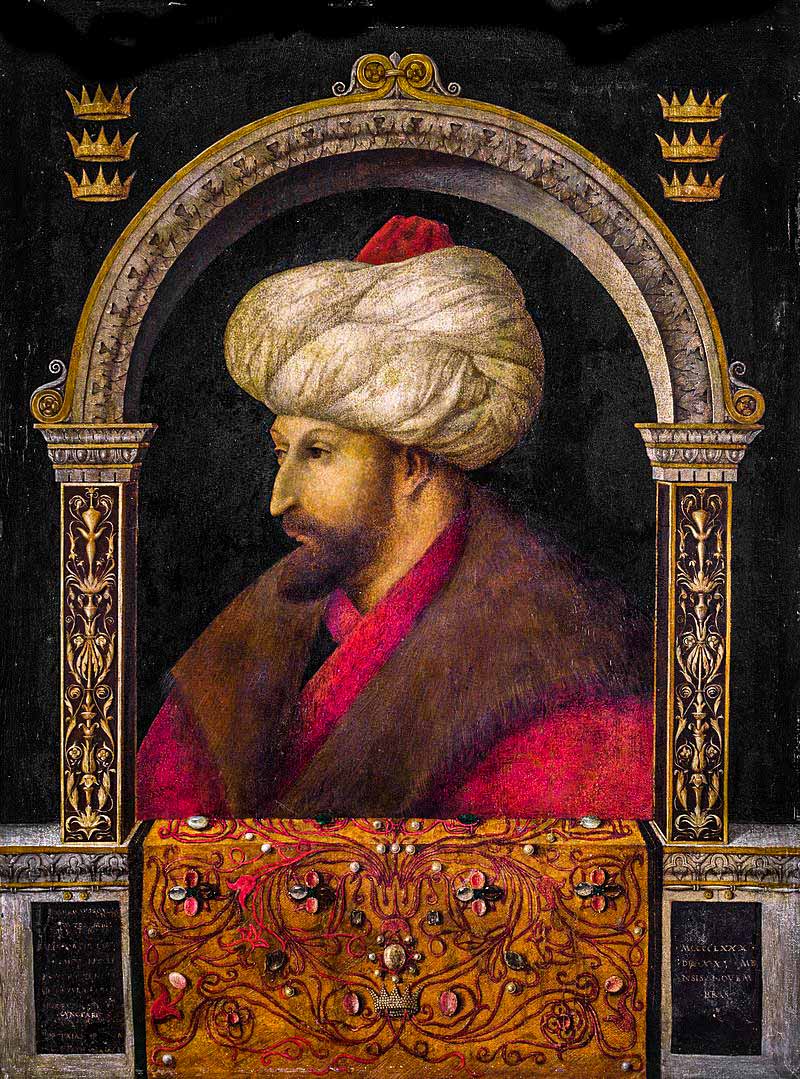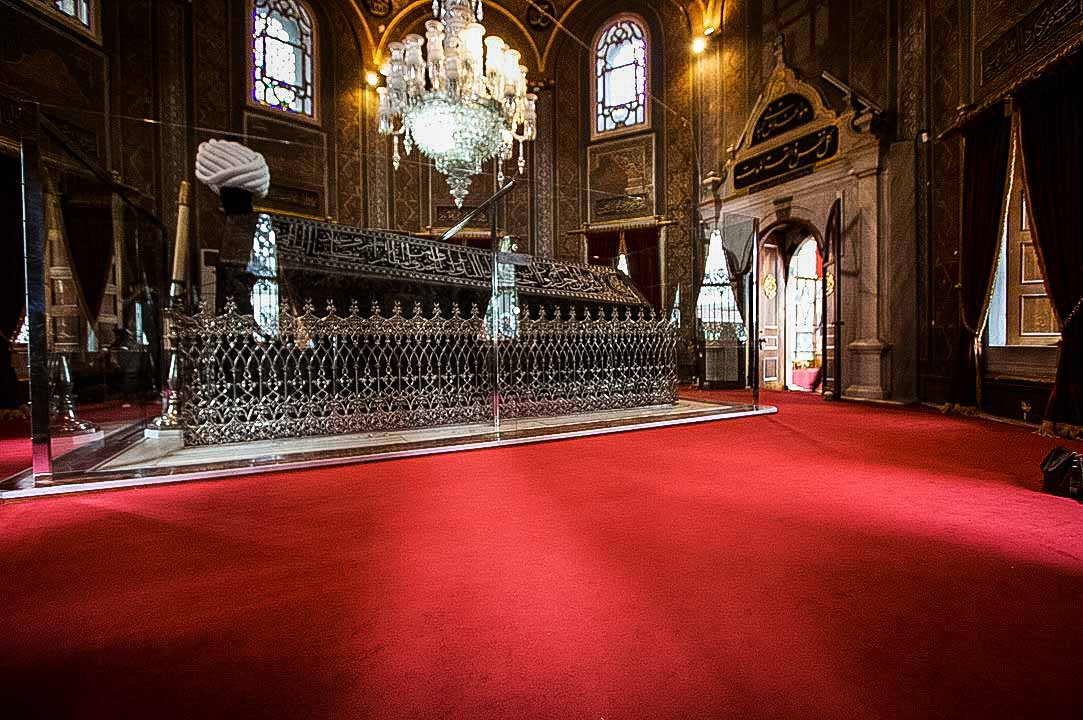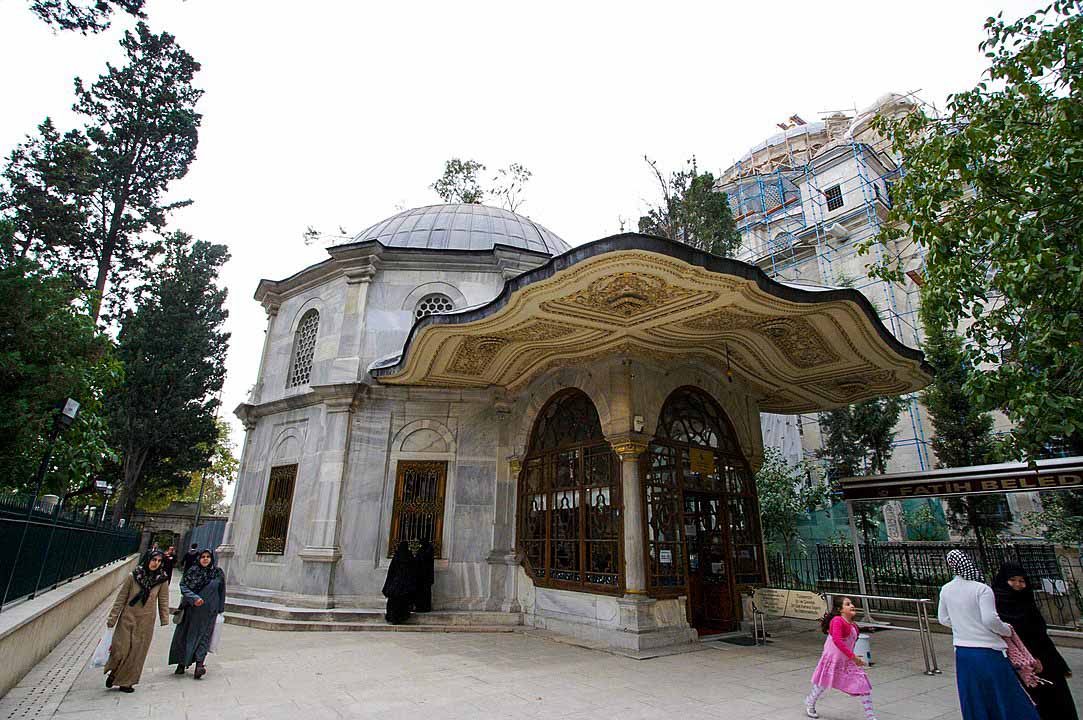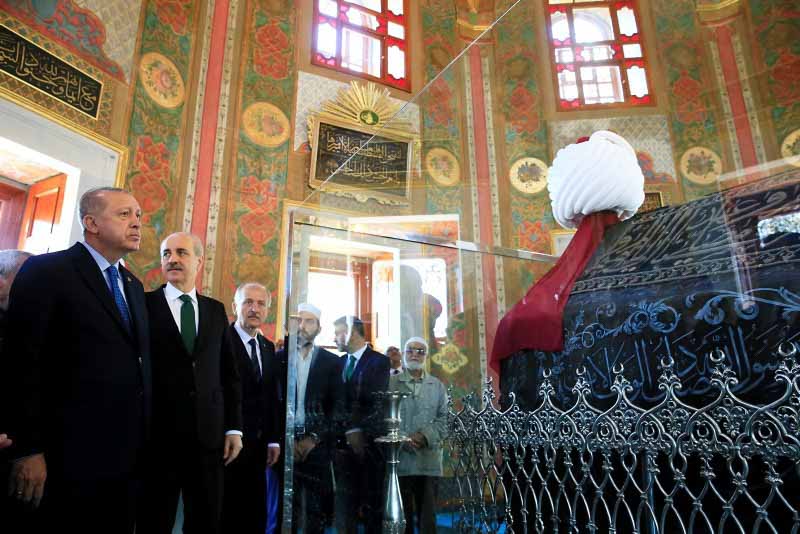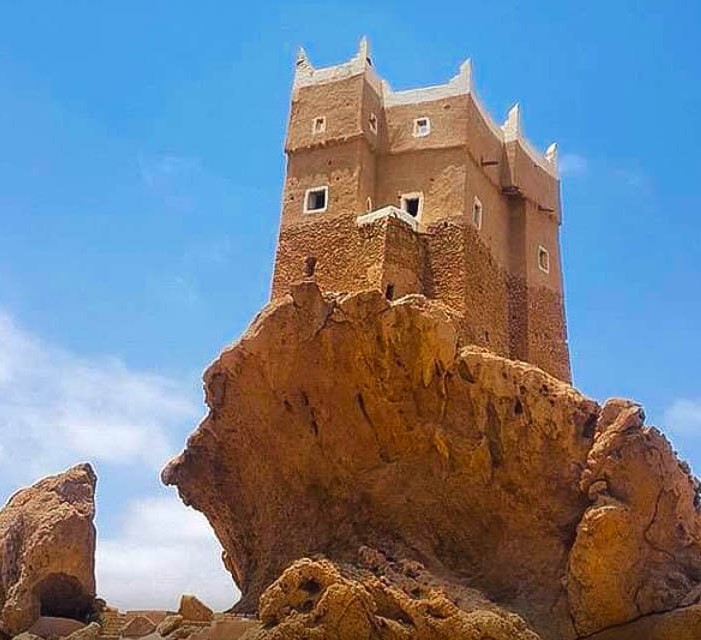Istanbul, Turkey
Coordinates: 41.019536, 28.949920
Sultan Mehmed II, known as Mehmed the Conqueror, rebuilt Istanbul, which had been ransacked by crusaders in 1204, into the biggest European city of the time, reviving it through reconstruction and widespread settlement
The Fourth Crusade was directed not at Muslims but at Constantinople, modern day Istanbul, targeting the Byzantine Empire. In 1204, the crusaders who conquered Constantinople ransacked, demolished and burned the city. According to historian Steven Runciman, there is no other example of such extreme plundering throughout history.
Istanbul permanently lost a degree of its magnificence and richness after being ransacked. At the time, the city was in a period of regression. During the occupation, the city reverted back to a primitive village filled with gardens and fields; some at the time even described it as “a ruined, abandoned city wretched with poverty.
Mehmed II did not want to further damage Istanbul, the future capital, and asked the Byzantine ruler to hand over the city before his last attack.
Some of the residents in Istanbul abandoned the city before the conquest, while some escaped during the battle. The rest were taken captive. Sultan Mehmed II started reconstruction and settlement immediately following the conquest to restore the city to its previous state, hoping to propel it to its former glory.
He tirelessly worked to make it a political and financial center again. The late Halil İnalcık, who shed light on the reconstruction and settlement of Istanbul through his years of research, said the only thing that occupied Mehmed II’s mind was to make Istanbul the real center of the empire.
Taking the title of Mehmed the Conqueror after the conquest, the great sultan ordered Rums (Greeks living in Anatolia) taken captive to be set free providing that they pay their own ransoms. In order to earn the necessary money for their ransoms, the captives were allowed to work in the reconstruction.
He also announced that if those who had escaped returned, their houses would be rebuilt. Before leaving Istanbul, he ordered the restoration of the city walls and the construction of a fortified castle as well as the construction of a palace in the city center, where Istanbul University is now located.
Many Jews from Germany and Italy immigrated to the city for the financial incentives of Mehmed II and the religious tolerance in the Ottoman Empire. The Armenian Patriarchate was moved to Istanbul.
Mehmed II brought in people from Anatolia and Rumelia to help with the reconstruction and settlement of the city. Unused houses were given to the new residents. The people of Galata and Silivri were also resettled in Istanbul.
He also brought wealthy people, artists and merchants from the cities that he conquered to Istanbul as exiles. Farmers among the war captives became servants of the sultan and were settled in towns and villages established around the city to grow food for Istanbul.
Istanbul once again became a prominent trade center with the construction of the Grand Bazaar.
A mosque, tomb, madrasah and soup-kitchen were built per order of the conqueror in 1459 on the place where Abu Ayyub al-Ansari, one of the close companions of Prophet Muhammad ﷺ, was martyred, and immigrants who were brought from Bursa province were settled here. Eyüp became the most important region of the Islamic world after Mecca, Medina and Jerusalem.


